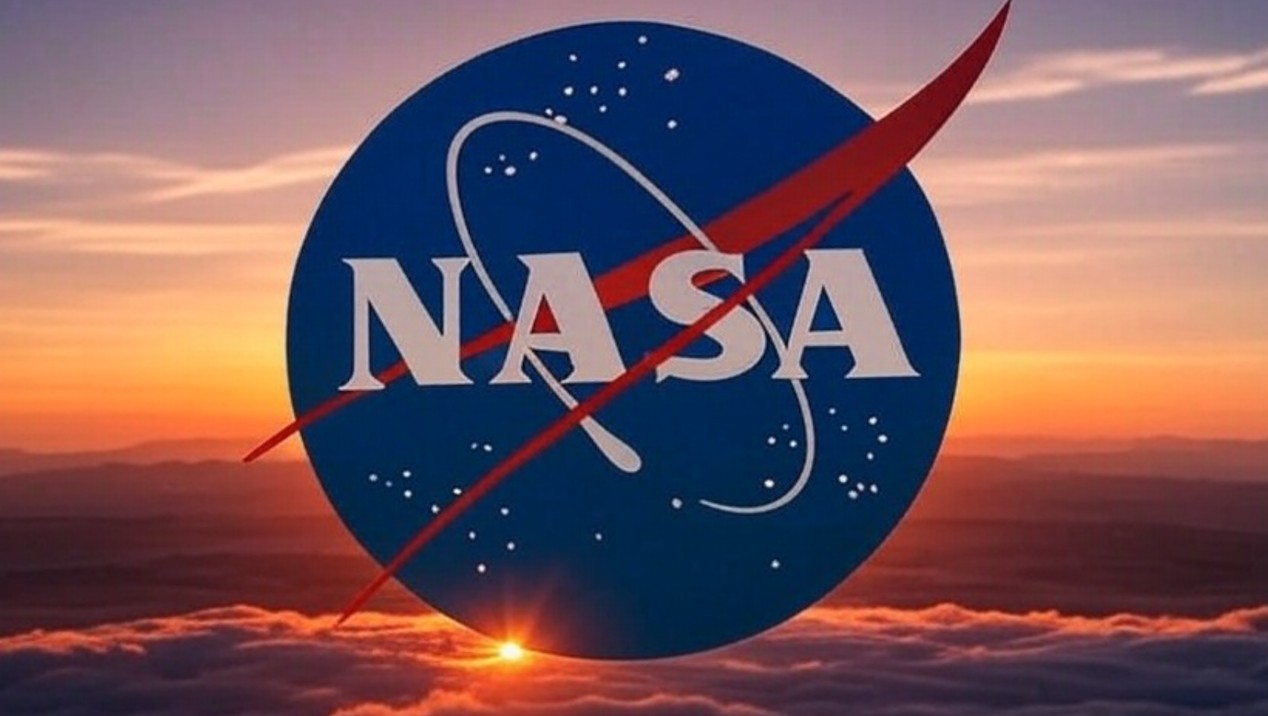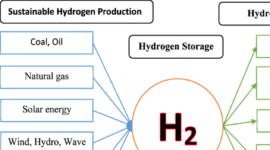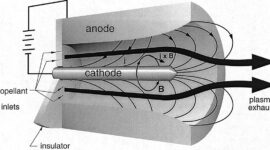July 24, 2025
In a significant development for NASA’s deep-space exploration plans, the House Appropriations Committee has expressed interest in exploring alternatives to the Space Launch System (SLS) rocket’s Exploration Upper Stage (EUS), a critical component designed to enhance the heavy-lift vehicle’s payload capacity and mission flexibility. The committee’s scrutiny comes amid ongoing concerns over cost overruns, schedule delays, and the evolving landscape of space launch technology, which has seen rapid advancements in commercial rocket capabilities. As of July 24, 2025, this deliberation signals a potential shift in how Congress views the future of NASA’s flagship launch system, raising questions about whether alternative solutions—such as partnerships with private aerospace companies or the adoption of newer, more cost-effective upper-stage technologies—could supplant or supplement the EUS in the coming years.
The SLS, developed as NASA’s primary vehicle for Artemis lunar missions and eventual Mars expeditions, has long been criticized for its high costs and protracted development timeline. The EUS, intended to replace the Interim Cryogenic Propulsion Stage (ICPS) used in the initial Artemis missions, is designed to provide greater thrust and payload capacity, enabling the SLS Block 1B configuration to carry both crewed Orion spacecraft and large co-manifested payloads, such as lunar habitat modules. However, delays in EUS development have pushed its debut to no earlier than the late 2020s, complicating NASA’s timeline for sustained lunar exploration.
House appropriators, responsible for allocating federal funding to NASA and other agencies, are now questioning whether continuing to invest in the EUS is the most fiscally prudent path forward. Their interest in alternatives reflects broader skepticism about the SLS program’s long-term sustainability, particularly as companies like SpaceX, Blue Origin, and United Launch Alliance (ULA) have demonstrated reusable rocket technologies and heavy-lift capabilities at a fraction of the cost. For instance, SpaceX’s Starship, which is being developed under NASA’s Human Landing System (HLS) program, could theoretically perform many of the same functions as the SLS EUS, including delivering large payloads to lunar orbit. Similarly, ULA’s Vulcan Centaur and Blue Origin’s New Glenn offer competing heavy-lift solutions that might be leveraged for deep-space missions.
The House Appropriations Committee’s stance aligns with a growing sentiment in Congress that NASA should embrace a more diversified approach to space exploration, blending traditional government-led programs with commercial partnerships. This shift was partly influenced by the success of NASA’s Commercial Crew and Cargo programs, which have seen SpaceX and other private firms take on greater roles in transporting astronauts and supplies to the International Space Station (ISS). If applied to the SLS program, this model could see NASA procuring upper-stage services from commercial providers rather than solely relying on the EUS, potentially saving billions in development costs.
However, abandoning or significantly altering the EUS program would not be without complications. The SLS architecture is deeply integrated with NASA’s Artemis mission plans, and any major redesign could introduce new delays. Additionally, the aerospace contractors involved in EUS development, including Boeing and Aerojet Rocketdyne, have vested interests in maintaining the current program structure, and any changes could face political and industrial resistance. Proponents of the EUS argue that it remains the most reliable option for ensuring mission success, particularly for crewed lunar and Mars missions where redundancy and proven technology are paramount.
As of July 2025, no final decisions have been made, but House appropriators are expected to further scrutinize the EUS program in upcoming budget hearings. Their exploration of alternatives could lead to revised funding allocations, directing NASA to study commercial options or accelerate competitive bidding for upper-stage solutions. This development underscores the broader tension in U.S. space policy between maintaining a government-controlled heavy-lift capability and embracing the innovation and cost efficiencies offered by the private sector.
The outcome of this debate will have far-reaching implications for NASA’s exploration roadmap. If Congress mandates a shift away from the EUS, it could accelerate the commercialization of deep-space logistics, mirroring the transformation seen in low Earth orbit over the past decade. Conversely, if the EUS remains the chosen path, NASA will need to demonstrate that it can deliver the stage on time and within budget to justify continued investment. Either way, the House Appropriations Committee’s interest in alternatives marks a pivotal moment in the evolution of the SLS program and the future of American space exploration.




